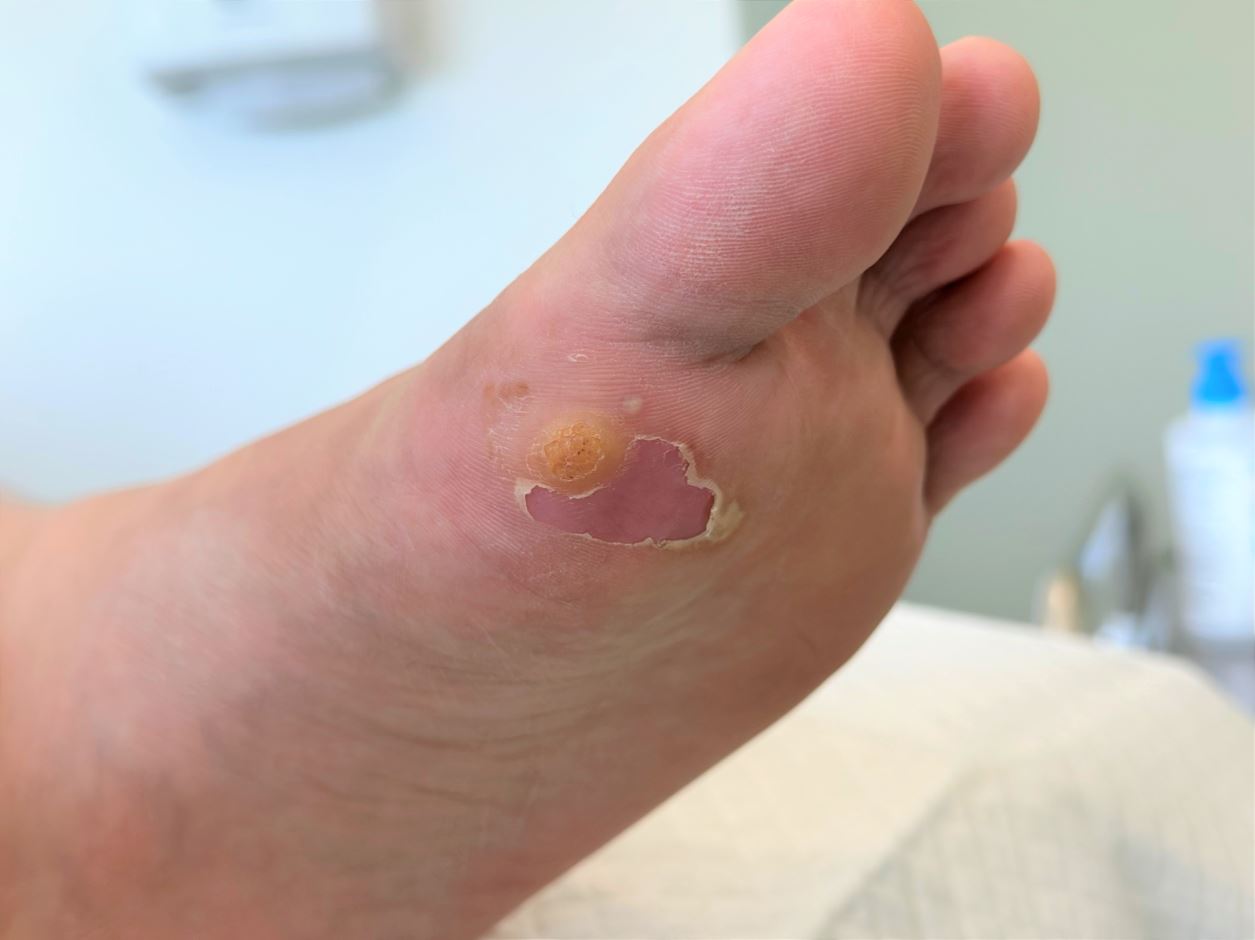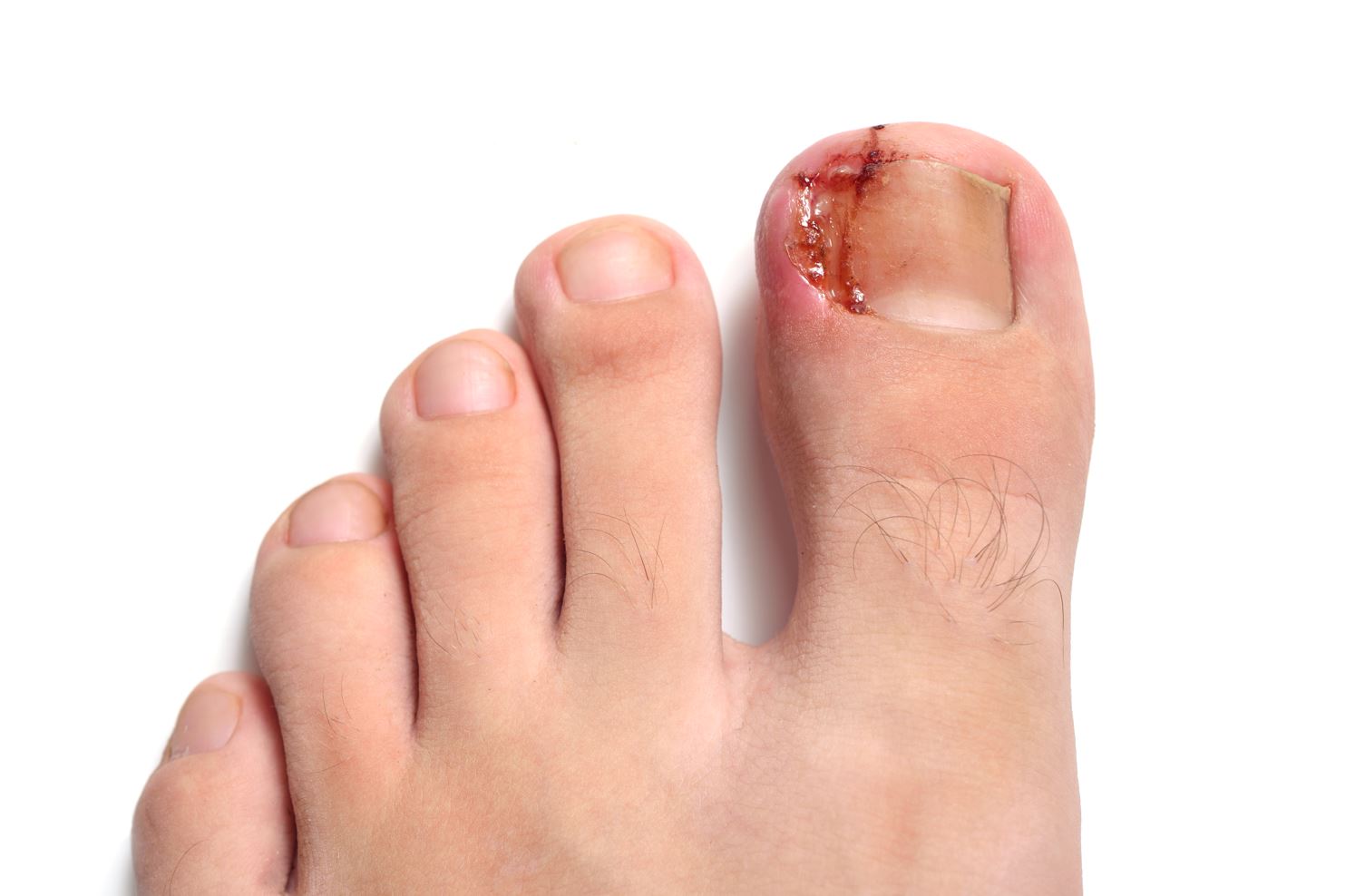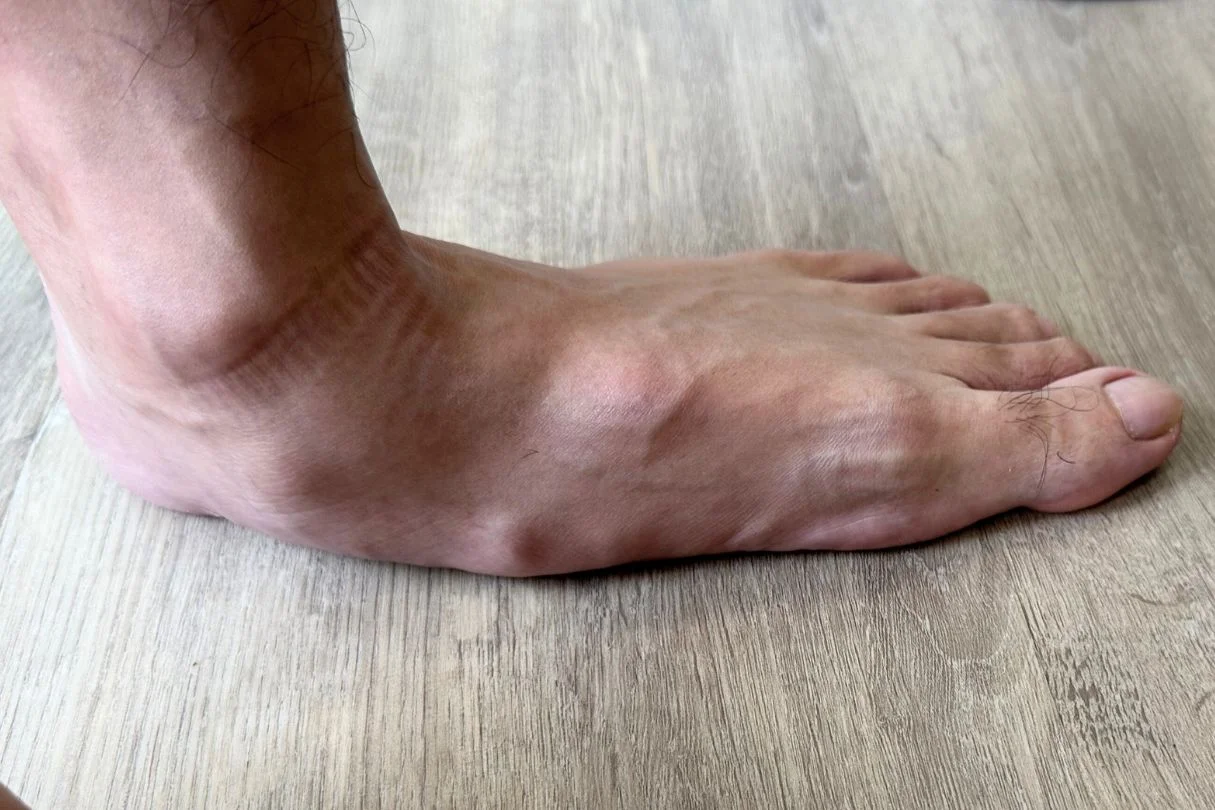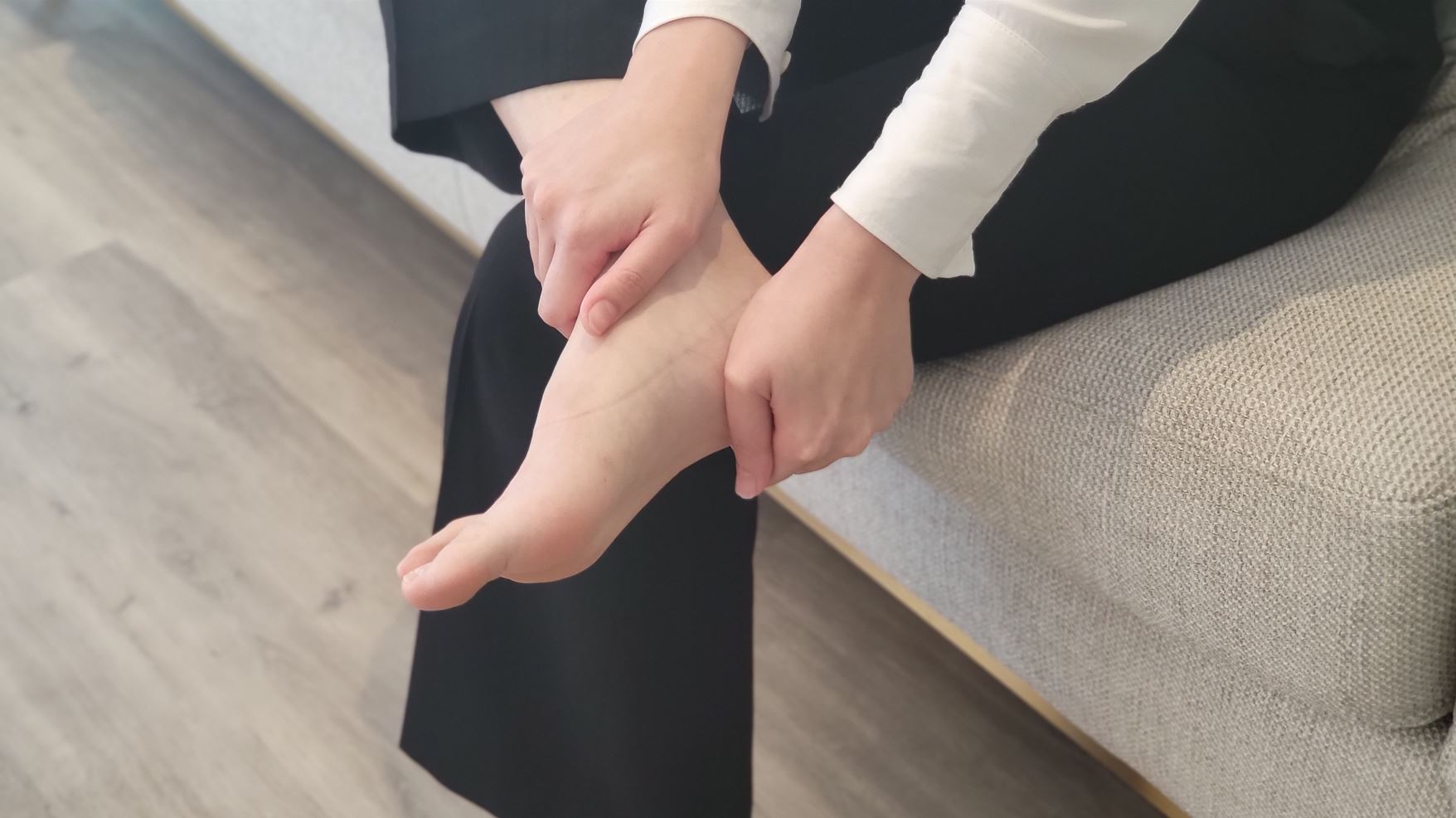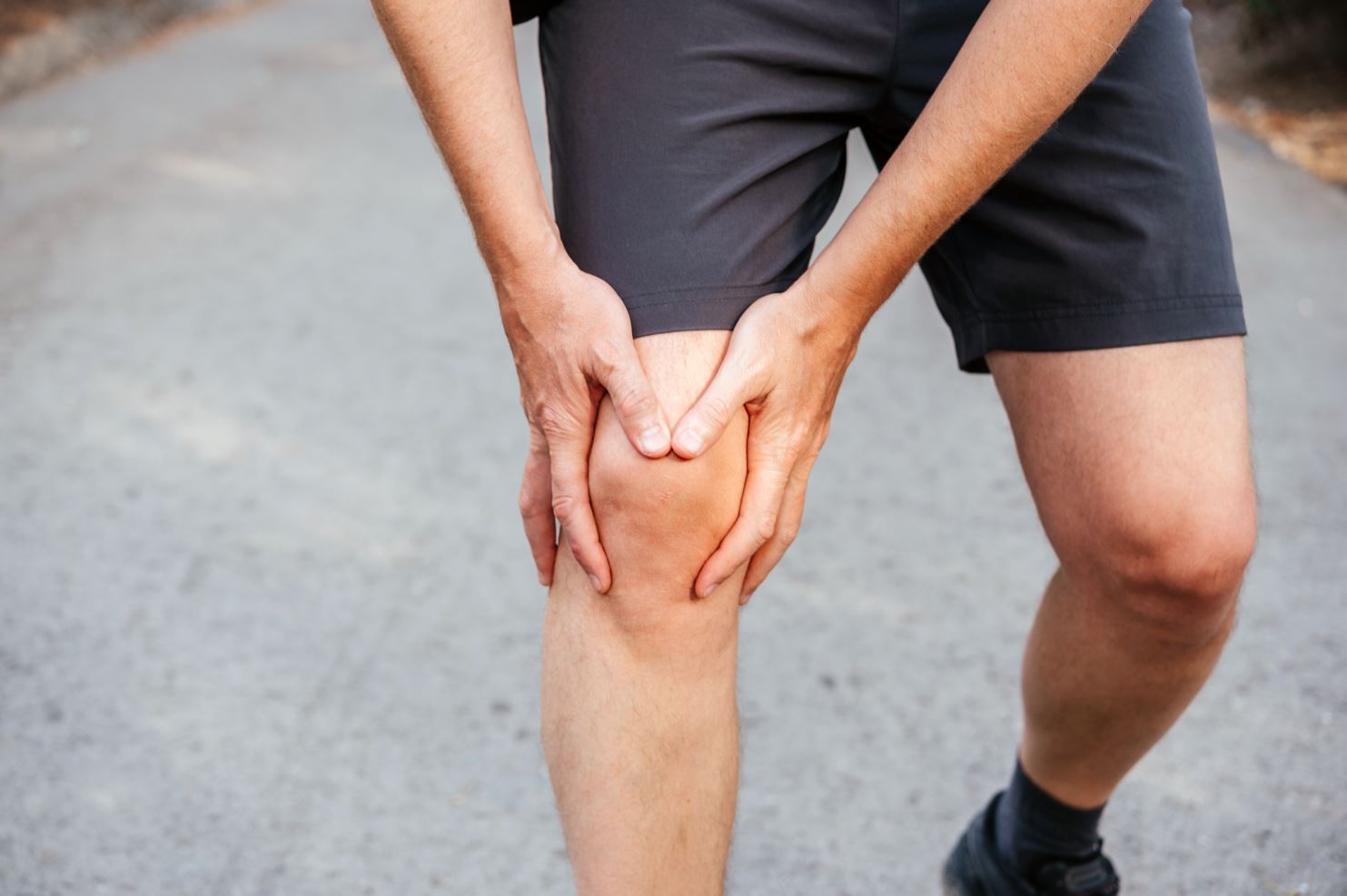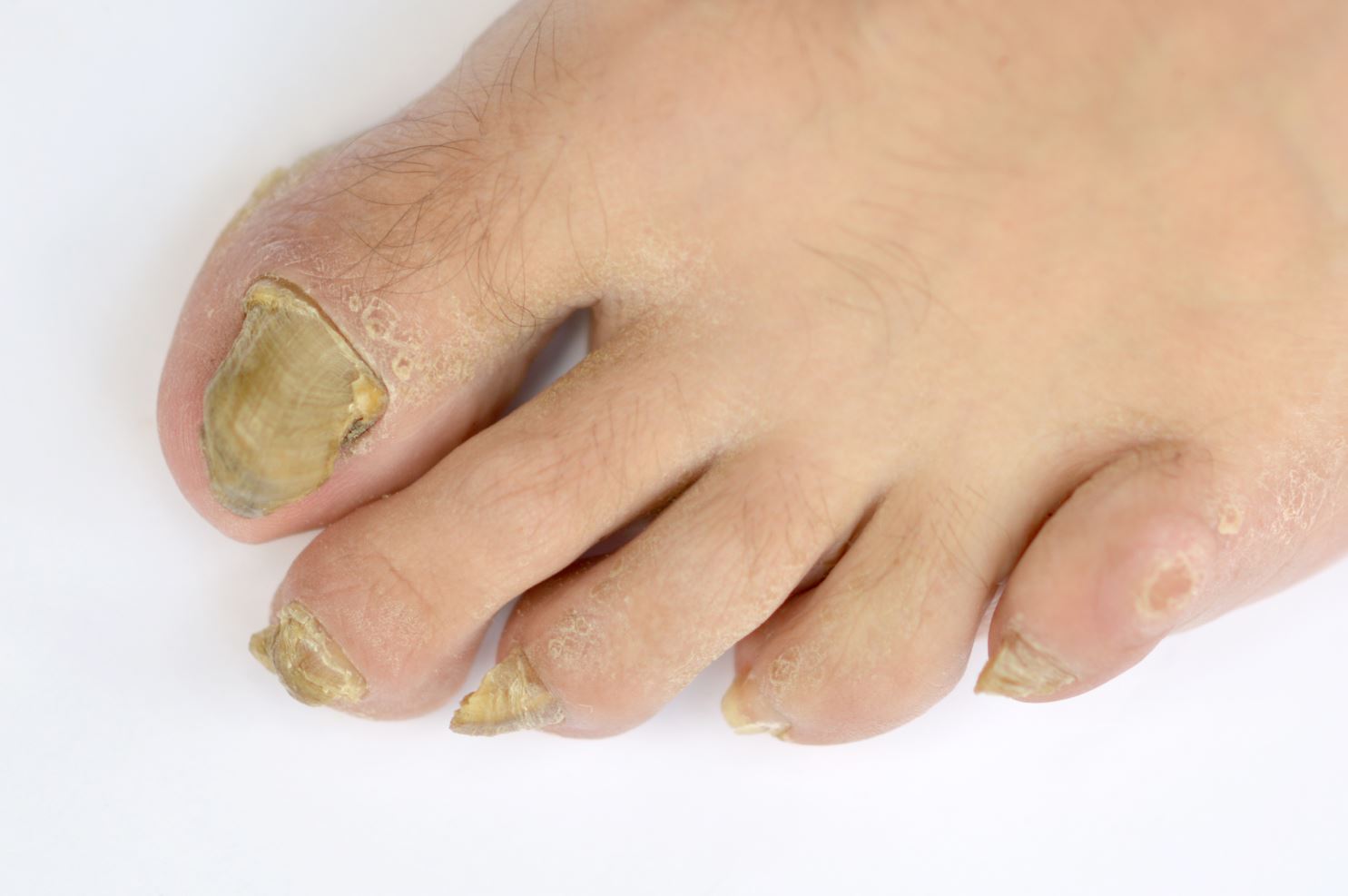
Fungal Nails
Fungal nails (Nail Fungus), also known as onychomycosis or tinea unguium, are a fungal infection of the nails. Fungal nails are usually discoloured, crumbly, thickened, and brittle in appearance. They can also cause foul odour at times. Fungal nails, if untreated, can spread to the surrounding nail or skin. Likewise, if you have a fungal skin infection, like the athlete’s foot, you can cause the infection to spread to the nails.

